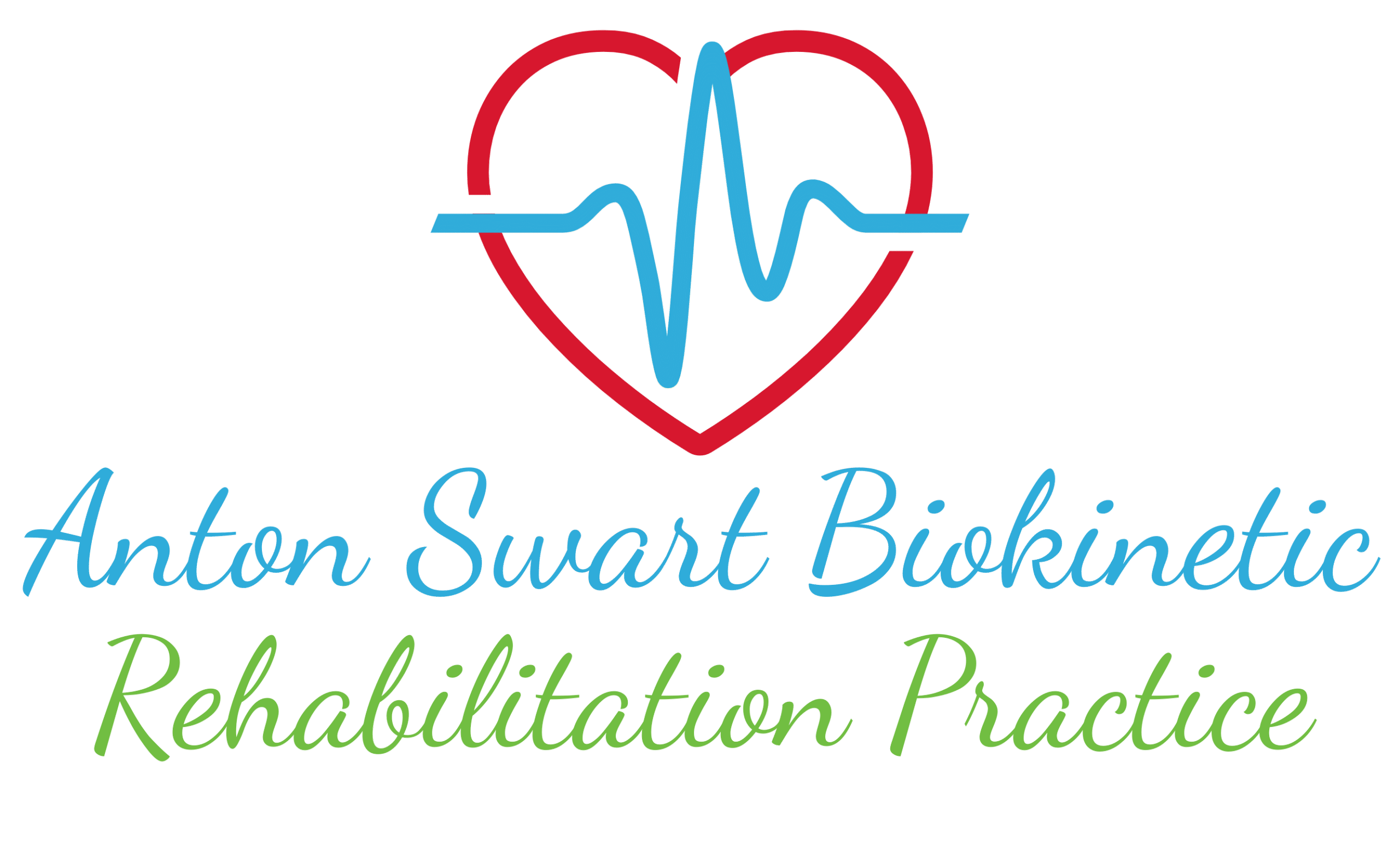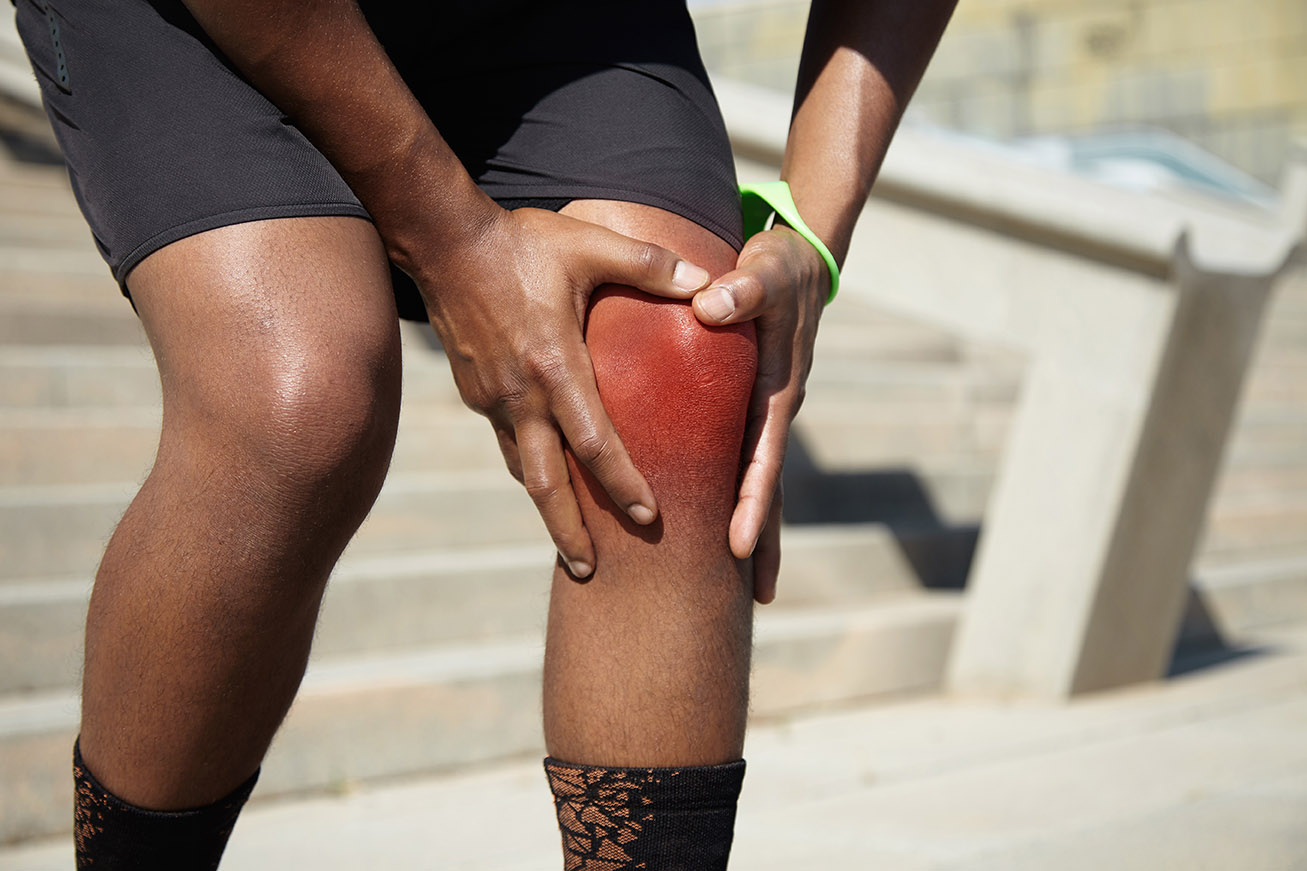Clinical Importance of Biokinetics through the Means of Physical Therapy
A meniscus tear, whether managed conservatively or post-operatively (e.g., after a partial meniscectomy or repair), requires structured physical therapy to:
1. Restore Joint Function:
- Menisci contribute to shock absorption, load transmission, and joint congruency.
- A tear can impair these, leading to altered biomechanics and early degenerative changes.
2. Prevent Muscle Atrophy:
- Quadriceps, hamstrings, and gluteal muscles often become inhibited or weak due to swelling, pain, and disuse.
- Physical therapy activates and strengthens these muscles to restore dynamic knee stability.
3. Reduce Risk of Future Injury:
- Poor neuromuscular control post-tear increases the risk of re-injury or further degeneration.
- Physical Therapy helps restore proprioception, balance, and dynamic alignment.
The Importance of Physical Therapy
The rehabilitation plan should be phase-based, progressing from protection to performance. Below are clinically relevant rehabilitation phases:
Phase 1: Protection & Mobility
Focus: Reduce pain/swelling, protect healing tissue, maintain mobility.
Phase 2: Controlled Loading
Focus: Improve ROM, initiate weight bearing, and begin strengthening
Phase 3: Functional Strength & Neuromuscular Control
Focus: Restore strength, proprioception, and prepare for return to activity.
Safe Range of Motion (ROM)
ROM depends on the tear location and surgical intervention:
Non-operative meniscus tear
Non-operative meniscus tear 0°–90° initially, progressing to full ROM as tolerated
Post-meniscectomy
Full ROM as tolerated; early restoration is often encouraged
Post-meniscus repair
Typically restricted to 0°–90° for the first 4–6 weeks, depending on surgeon protocol, to protect the repair site
Clinical Considerations
- Monitor for joint effusion: Increased swelling post-exercise = overload.
- Prioritise good Form over Load: Avoid valgus collapse or hip drop during weight-bearing activities.
- Avoid open-chain knee extensions 60–0° early on: These increase shear on the healing meniscus.
Summary
Physical therapy after a meniscus tear is essential to:
- Restore normal biomechanics
- Prevent complications
- Enable return to function/sport
Focus on quadriceps activation, safe closed-chain loading, progressive mobility, and proprioceptive retraining, with ROM tailored to the injury/surgical procedure.




